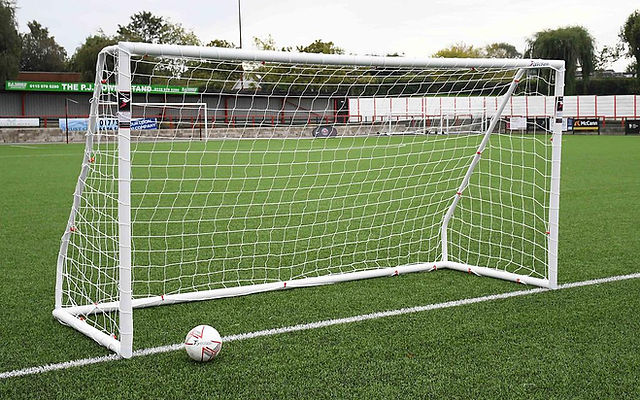
The home team managed to support a more balanced possession, with 49% to Roma's 51%, reflecting a more evenly matched half. Both teams deployed interesting tactical formations, which were pivotal in the flow of the game. Roma, but, chose a 3-5-1-1 formation, aiming for solidity at the back and numerical advantage in midfield. These tactical choices set the stage for an intriguing battle. Luca Ranieri (D, 6): As captain, he led by example, although his performance was slightly below his teammates with a 6.7 rating Gianluca Mancini (D, 23), Evan Ndicka (D, 5), and Mario Hermoso (D, 22) formed the back three, with Ndicka contributing an aid Their goal difference stands at +11, a testament to their solid defense and prolific scoring. Following closely are Inter Milan, occupying the second spot with 18 points. Their journey so far includes 5 wins, 3 draws, and 1 loss, alongside a goal difference of +8. Venezia, just a point behind, shares a similar fate, with a goal difference of -9.

But, Frankfurt's goalkeeper showcased his skills with crucial saves, keeping Union Berlin at bay Frankfurt, but, found themselves on the defensive for much of the second half. Goal by Benedict Hollerbach (66th minute): A crucial equalizer for Union Berlin Arthur Theate's yellow-red card (76th minute): A turning point, reducing Frankfurt to ten men Union Berlin Formation - 3-4-3 Frankfurt Formation - 3-5-2 Upfront, Benedict Hollerbach was crucial, scoring the team's only goal, reflecting his 6.9 rating His goal underscored his importance to the team's attacking dynamics. In conclusion, the 1-1 draw between Union Berlin and Frankfurt was a testament to the tactical acumen of both teams.

With 11 total shots compared to Bochum's 4, Bayern's intent was clear. Goals were scored in a fashion that highlighted the team's cohesive play and individual skill. For Bochum, the game serves as a learning experience and a reminder of the challenges that lie ahead in their campaign But, the outcome of the match suggests that Bochum struggled to contain Bayern's attacking prowess. Defenders: Tim Oermann (#14), Ivan Ordets (#20), and Jakov Medić (#13) formed the back three, with Ordets and Medić playing the full 90 minutes. Forward: Harry Kane (#9) - Scoring a goal and with a rating of 7.4, Kane's presence upfront was crucial for Bayern, providing a focal point for their attacks Parallelly, RB Leipzig mirrors Bayern's point haul with 20 points, secured through an same record of 6 wins and 2 draws. On the flip side, the situation looks bleak for Bochum, who find themselves languishing at the bottom of the table. Kiel, with just 2 points from 2 draws, and a goal difference of -13, are only marginally better off than Bochum.

Juventus, with a slightly higher ball possession of 52%, had an expected goals tally of 1.76. First Half Stats Chart Second Half Stats Chart The match statistics highlight the closely contested nature of the game. The ball possession was almost evenly split, with Juventus edging Inter 53% to 47%. Final Stats Chart These changes were crucial in maintaining the high tempo and competitiveness of the match. Inter Heatmap Juventus Heatmap For Juventus, Weston McKennie's two assists were pivotal, earning him a 7.4 rating. Juventus, but, occupies the 3rd spot with 17 points.

Despite this, the game remained on a knife-edge, with both teams creating chances to take the lead. Defenders (D): Armando Izzo (#4), Pablo Marí (#22), and Andrea Carboni (#44) formed the three-man defense. Izzo, with a 7 rating, stood out for his defensive prowess, winning 9 duels and making 2 interceptions. His key passes and crosses were instrumental in Monza's attacking play Forwards (F): Dany Mota (#47), Gianluca Caprari (#10), and Milan Đurić (#11) led the line. Đurić found the back of the net, showcasing his aerial dominance and goal-scoring instinct. Defenders (D): Jay Idzes (#4), Michael Svoboda (#30), and Ridgeciano Haps (#5) were the defensive trio. Svoboda was a standout, scoring a goal and maintaining a solid defensive line with a 7.3 rating Andersen, with a 7.4 rating, provided an aid and was key in controlling the tempo of the game Oristanio, with an aid to his name, played a crucial role in Venezia's send movements.